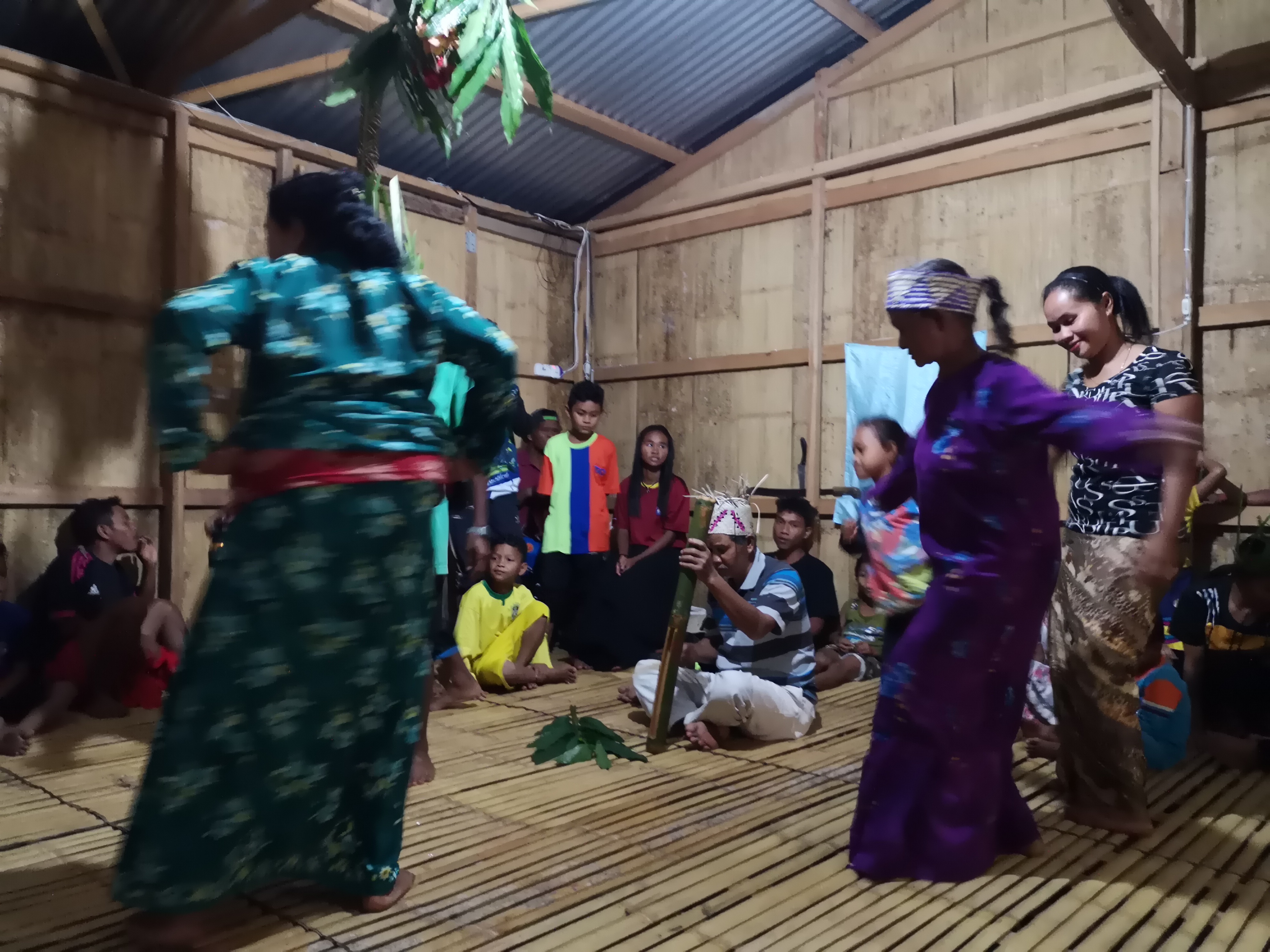It is said that what you see in your dreams are fed by your daytime visual stimulation. Others say it’s your deepest worries, or your highest hopes—an insight into the mind.
Some of the commonly accepted dream theories include those from Sigmund Freud, Carl Jung, and Antti Revonsuo. Freud believed that dreams express our repressed conflicts or desires while the Jungian Dream Analysis allows us to study our dreams, understand our internal conflicts, and find a cure/solution to the conflicts. Revonsuo’s Threat Simulation Theory states that dreaming is an ancient biological defence mechanism, which responds to potential future danger by running simulation in our sleep.
But all these theories touch on our fears and struggle per say. What about the dreams dreamt by the indigenous peoples around the world?
In explaining this, there is one concept that stood out: Jung’s Collective Unconscious. According to Jung, we carry the memories of our ancestors in our subconscious and through this collective unconscious we assign meaning to the world.
Dreams are a conduit to not only your unconscious/subconscious, but to the otherworldly as well. In this article, we explore how dreams are used by indigenous people to gain spiritually-derived and navigate their daily lives, and to deal with the changes of landscape and intrusion of Others.
Deriving Waking Life Wisdom From The Spiritual
Across many indigenous cultures, dreams carry literal and prophetic meanings to waking life. Here we share examples of some indigenous peoples of the Americas.
To navigate the expansive Canadian bush, the Chipewyan people take guidance from the spiritual realm in order to be successful in their daily life of hunting, fishing and trapping. And to achieve this, they must maintain a harmonious relationship with all beings, which they view as interconnected in a complex communicative interrelationship—especially between humans and ‘animal persons1.
The Chipewyan’s bush sensibility, or inkonze, comes through dreams from the animal persons. What are ‘animal persons’ and what is inkonze? Animal persons are essentially a spiritual dimension of personhood that all animals have. Inkonze is a gift from animal persons to humans who respect nature and are active in the bush, but not everyone receives powerful inkonze dreams. For those who do, they dream of visits from animal persons who would impart survival knowledge, skills to be successful in their hunts, fishing, and catching of wild game, as well as weather prediction.
For the Anishinaabe from the Great Lakes region of Canada and the United States, one of their ways of transmitting knowledge and to teach younger people is through dreaming 2. They often share and interpret their dreams and visions. Similar to other indigenous cultures, the Anishinaabe people believe the physical and dreamed worlds are one. Dreams are a guide to waking life.
In Resisting and Preserving Cultural Identity in an Ever-Changing World
Up north of the Peninsular, the Temiar of Kelantan, Malaysia uses dream-songs to construct a musical map of their universe.
Shamans would receive visits from spirit guides, or gonig, who materialise as either things above ground (birds, mammals, flowers), things underground (water-serpent), or from top of the sky (thunder) and impart knowledge and dream-songs.
According to Roseman, dream-songs are “used in ceremonies to call upon the spirit of the birds, thunder, water-serpent, and so on for help in healing - or for the many other uses to which dream-song ceremonies are directed: to mark important moments in the agricultural cycle; to welcome or send off travellers; to mark a mourning period’s end; or merely to celebrate the experience of dancing, trancing, and singing with the spirits.”3 In other words, dream-songs are the basis for community-wide singing and trance-dancing ceremonies.
However, when the Temiars were caught between the power struggle of the British, Japanese, and Malaya, forced into government ‘regroupment’ projects and forest-land appropriation, experiencing loss of land and resources, they began to include foreign objects and new technologies into the musical map of their universe.
The Temiars engaged spirits of foreign things and people—spirits of the marketplace, spirit of the dried fish, spirit of the Japanese tunnels, spirit of the Japanese planes dropping bombs, among others. By including these events of history and the new into their dream-song structure, and then performing it, they maintain their position as active agents transforming the world even as they are transformed by it, rather than becoming passive participants.
By doing this, they subvert these external forces and include themselves in the mainstream narrative and conditions of the world as a way to reconcile, as a social suturing, and as an art of survival.
Are We Too Awake Today?
As more and more indigenous communities become sedentary or experience loss of land, taken away from the refuge and sustenance of the dense forests, dreaming too is becoming, or has become, something of the past just as their way of life erodes. Eventually, the spiritually-derived knowledge would cease to exist. But if Jung’s Collective Unconscious was true, then these knowledges would never be truly gone as it exists in a sort of cloud system in the spiritual realm.
Listen to the podcast here: Episode 1: Navigation to hear from a Semai, an indigenous tribe under the same group as the Temiar, about what dreaming is to their community and similarly their spirit-guides is also known as gunik.
Contributed by : Wendi Sia
Reference:
1.Smith, D. M. (1998). An Athapaskan Way of Knowing: Chipewyan Ontology. American Ethnologist, 25(3), 412–432. http://www.jstor.org/stable/645792
2.Simpson, L.B. (2000). Stories, Dreams, and Ceremonies--Anishinaabe Ways of Learning. Tribal College, 11, 26-29.
3.Roseman, M. (2002). Engaging the Spirits of Modernity: The Temiars. In Tribal Communities in the Malay World: Historical, Cultural and Social Perspectives (pp. 185-205). ISEAS–Yusof Ishak Institute.
